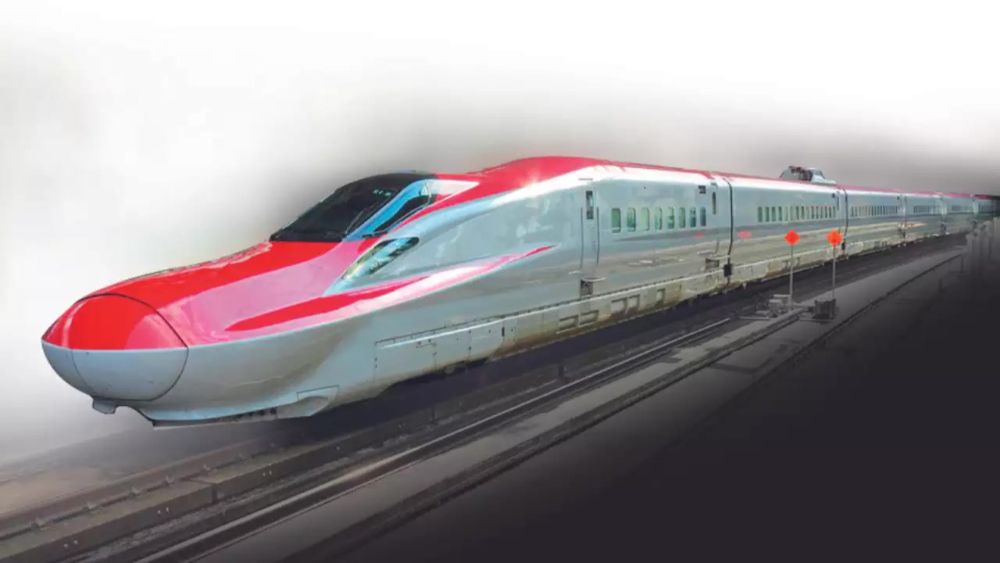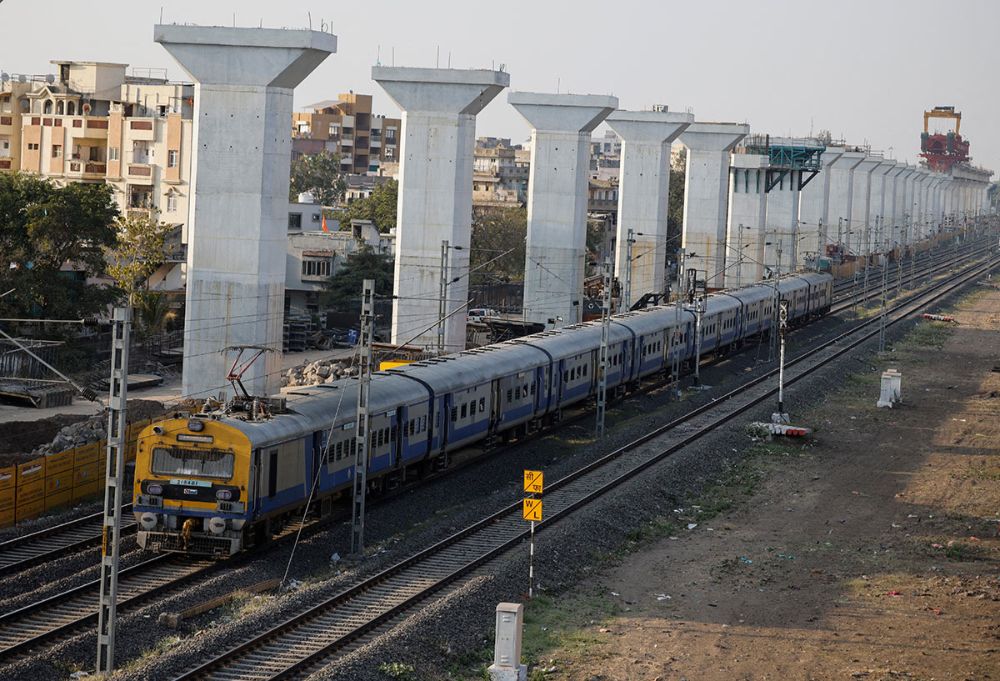On the bustling streets of Mumbai, where time seems to slow down amidst the perpetual traffic snarls, there lies a promise of futuristic transportation: the Mumbai-Ahmedabad High-Speed Rail (MAHSR) corridor, popularly known as the bullet train project.

In the heart of Mumbai’s Bandra Kurla Complex (BKC), a 1-kilometre patch of land remains relatively tranquil amid the city’s chaos. Here, nearly 800 workers toil away daily, away from the hustle and bustle, excavating the ground that will eventually become the starting point of India’s high-speed rail journey.
Despite the construction activities buzzing underneath, the surface remains undisturbed, a rarity in a city accustomed to constant construction. Locals, like Satish, a nearby vendor, express surprise at the minimal disruption caused by the project, highlighting its unobtrusive nature amidst Mumbai’s construction-laden landscape.
A Slow but Steady Progress
The construction of the BKC station marks a significant milestone in India’s ambitious bullet train project. Spearheaded by a consortium of Megha Engineering and Infrastructures Ltd and Hindustan Construction Company Ltd, the excavation work progresses steadily, albeit silently. However, challenges loom over the project’s timeline, with a projected delay of at least six years, attributed to political differences and technical hurdles.
Japan’s Contribution and Design Adaptations
Last year, the National High-Speed Rail Corporation Ltd (NHSRCL) issued a tender worth Rs 11,000 crore for the supply of Shinkansen trains, with only Japanese firms eligible to bid, as per India’s agreement with Japan. Design modifications have been made to adapt the trains to India’s diverse climatic conditions, showcasing the collaborative effort between the two nations.
Navigating Environmental Concerns
However, progress comes at a cost. In Vikhroli, trees were felled to make way for the undersea tunnel project, sparking environmental concerns and public protests. Despite resistance, the project moves forward, supported by the change in state government and a shifting political landscape.
Evolving Costs and Controversies
The project’s escalating costs, criticised as an ‘exercise in vanity’ by some, raise eyebrows and political debates. With estimated cost hikes of over Rs 60,000 crore, the project’s economic viability comes under scrutiny. Government officials assure that revised costs will be vetted by high-level committees once all contracts are awarded, emphasising the economic multiplier effect of such infrastructure projects.

A Symbol of India’s Ambition
While debates continue over the project’s necessity and target demographic, it symbolises India’s capability to undertake monumental infrastructural endeavours. Beyond facilitating travel, the bullet train project serves as a beacon of progress, signalling India’s readiness to embrace modernity and attract global investments.
As Mumbai’s skyline evolves, the promise of high-speed rail inches closer to reality, promising a future where time and distance are no longer barriers in India’s journey towards progress.
